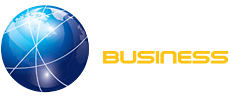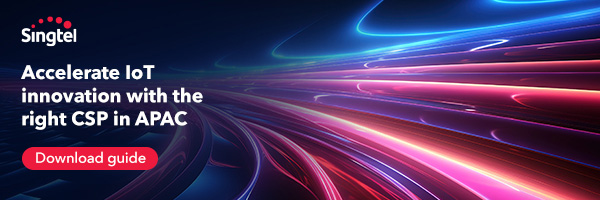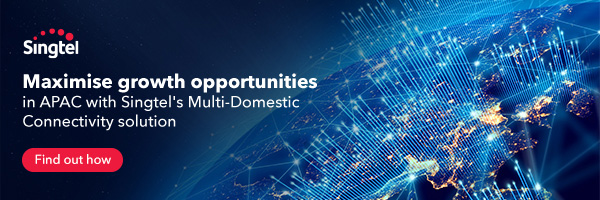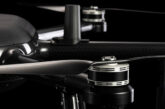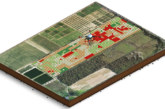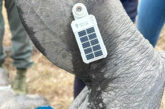
The Internet of Things (IoT) is transforming the landscape of remote monitoring across a multitude of industries. IoT-enabled devices and sensors are providing real-time data, offering enhanced monitoring capabilities, and enabling proactive responses to various applications. In this article, we’ll explore how IoT is driving remote monitoring to new heights, its diverse applications, the advantages it brings, and what the future holds for this technology.
The IoT Revolution in Remote Monitoring
Remote monitoring involves the collection of data from a distant location, often in real-time, for the purpose of analysis, control, or decision-making. Traditionally, remote monitoring was limited by the availability of data and the capacity to transmit it over long distances. IoT has changed this by providing a robust framework for collecting, transmitting, and analyzing data from remote locations.
Key Applications of IoT in Remote Monitoring
1. Healthcare and Telemedicine
IoT plays a crucial role in healthcare by enabling remote patient monitoring. Patients can use wearable devices equipped with sensors to measure vital signs, track chronic conditions, and even manage medication adherence. Healthcare providers receive this real-time data, enabling them to provide timely interventions and adjustments to treatment plans.
2. Environmental Monitoring
Environmental monitoring is essential for tracking and mitigating climate change, air quality, and other ecological factors. IoT sensors can be deployed across remote locations to measure temperature, humidity, air pollution, and other environmental variables, providing valuable data for research and policy decisions.
3. Industrial Processes
In industries such as manufacturing, oil and gas, and utilities, IoT-enabled sensors are used for remote monitoring of equipment and processes. These sensors detect anomalies, predict maintenance needs, and ensure that machinery operates efficiently, reducing downtime and improving safety.
4. Agriculture
IoT is transforming agriculture by providing farmers with real-time data about soil conditions, weather patterns, and crop health. This information allows farmers to optimize irrigation, fertilization, and pest control, resulting in higher crop yields and resource efficiency.
5. Infrastructure and Utilities
IoT-based remote monitoring of critical infrastructure, such as bridges, dams, and power grids, ensures the safety and reliability of these systems. Sensors detect structural issues or potential failures, allowing for timely maintenance and preventing catastrophic events.
6. Energy Management
IoT sensors are used for remote monitoring of energy consumption in buildings, homes, and industrial facilities. This data helps identify energy-saving opportunities and reduce energy costs.
7. Fleet Management
IoT-enabled devices are used for tracking the location, performance, and maintenance needs of vehicles in fleet management. Real-time data helps optimize routes, improve fuel efficiency, and ensure driver safety.
Benefits of IoT in Remote Monitoring
The integration of IoT in remote monitoring offers numerous advantages:
1. Real-time Data
IoT provides real-time data, allowing for immediate response to critical events or anomalies. This real-time awareness is invaluable for industries that require swift decision-making.
2. Cost Savings
IoT-enabled remote monitoring can lead to significant cost savings. By predicting maintenance needs, optimizing processes, and reducing downtime, businesses can operate more efficiently and cost-effectively.
3. Safety
In industries such as healthcare and critical infrastructure, remote monitoring with IoT improves safety. Early detection of issues and timely interventions prevent accidents and ensure the well-being of individuals.
4. Efficiency
IoT enhances operational efficiency. By collecting and analyzing data, organizations can identify bottlenecks, streamline processes, and reduce waste.
5. Sustainability
Environmental monitoring and agricultural applications of IoT in remote monitoring contribute to sustainability efforts by providing data to support better resource management and eco-friendly practices.
Challenges and Considerations
While IoT in remote monitoring offers numerous benefits, it also poses challenges and considerations:
1. Data Security and Privacy
Collecting data remotely raises concerns about data security and privacy. Ensuring that data is transmitted and stored securely and that it complies with privacy regulations is essential.
2. Interoperability
IoT devices and systems must be compatible and interoperable to ensure seamless data exchange and integration. Common standards and protocols are necessary to achieve this.
3. Scalability
As organizations expand their remote monitoring capabilities, ensuring that the IoT infrastructure is scalable and capable of handling a growing volume of data is crucial.
4. Power Management
Many remote monitoring applications rely on batteries or other power sources. Efficient power management is essential to ensure that devices can operate for extended periods without frequent maintenance.
5. Training and Adoption
The successful adoption of IoT in remote monitoring often requires workforce training and a cultural shift within organizations.
The Future of IoT in Remote Monitoring
As technology continues to advance, the future of IoT in remote monitoring looks promising. Here are some trends and developments to watch for:
1. Edge Computing
Edge computing, which involves processing data closer to the data source, will become more prevalent. This reduces latency and can be crucial for applications that require rapid decision-making.
2. 5G Connectivity
The rollout of 5G networks will provide faster and more reliable connectivity, enabling real-time data transmission and better support for IoT applications.
3. Artificial Intelligence (AI)
IoT and AI will work hand in hand to analyze vast amounts of data, offering insights for various applications, including predictive maintenance, anomaly detection, and process optimization.
4. Blockchain Technology
Blockchain can be used to enhance the security and integrity of data in remote monitoring applications, ensuring that data remains accurate and private.
5. Autonomous Systems
IoT-enabled remote monitoring will contribute to the development of autonomous systems in various industries. These systems will use real-time data to make decisions and take actions, reducing the need for human intervention.
Conclusion
The Internet of Things is revolutionizing remote monitoring in a multitude of industries, offering real-time data, enhanced monitoring capabilities, and proactive responses to various applications. Challenges related to data security, interoperability, and workforce training must be addressed to ensure that the benefits of IoT in remote monitoring are fully realized.
As IoT technology continues to evolve, it will remain a driving force in remote monitoring, offering a glimpse into a future where data from remote locations is readily available, helping organizations operate more efficiently, cost-effectively, and sustainably.
